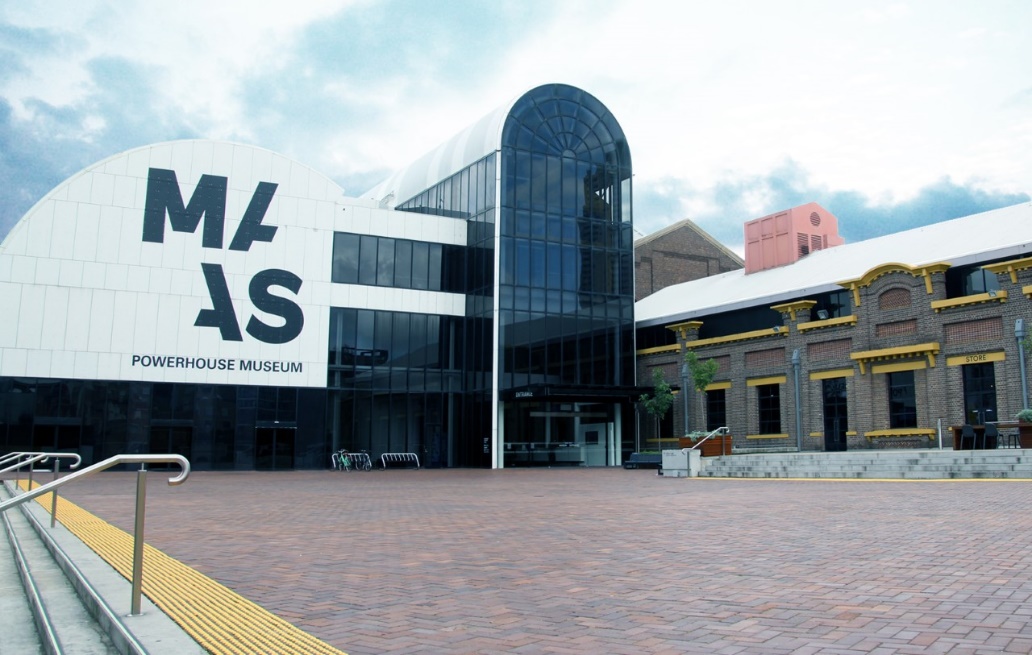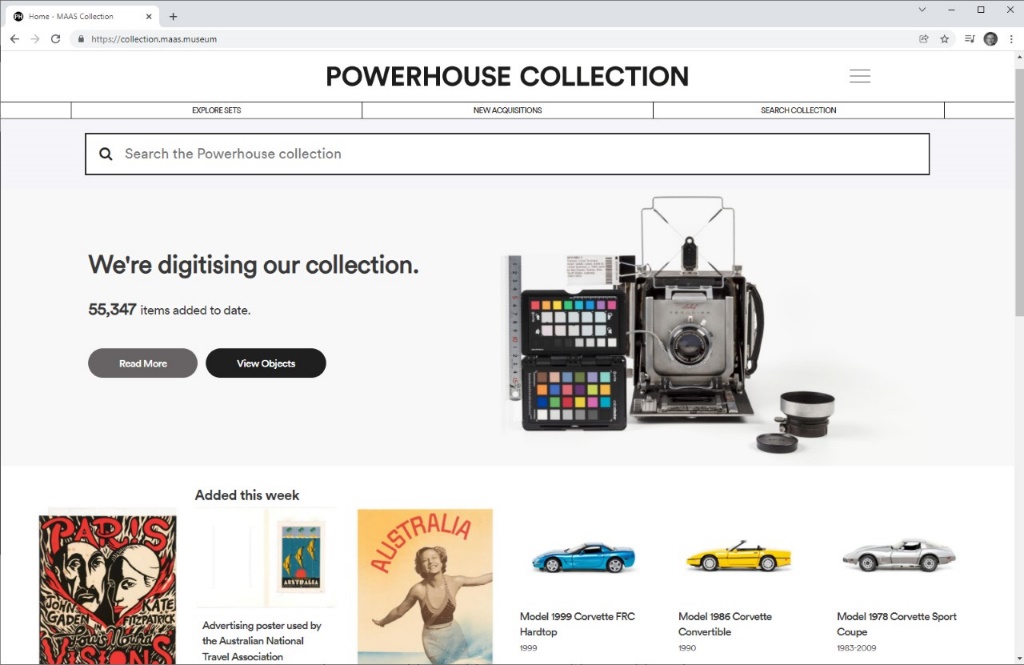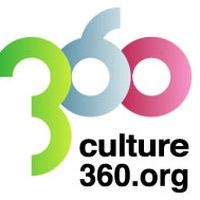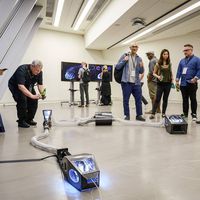Digital Access to the New Museum

In 2021, the new M+ Museum of Visual Culture in Hong Kong, and the refurbished Powerhouse Museum in Sydney, each launched digital portals to their respective collections. As flagship institutions in the global museum sector, their respective approaches give insights into best practice models for digitisation of museum collections that put the user at the centre of the experience.
It’s easy and common to think of museums as unwieldy institutions with unlimited budgets, but the situation on the ground is often far more complex. The museums discussed here have each suffered their share of set-backs, controversies, government conflict, and financial doubts in recent years. In light of such pressures, developing best-practice digital solutions to respond to the communities they serve has been high on the agenda. These priorities have been heightened by the COVID pandemic and lockdowns placing greater emphasis on digital access.
Hong Kong’s M+ is (at the time of writing) the world newest major museum of modern art and visual culture. As a global museum with an Asian perspective, digital access for local and international audiences was essential from the outset. Long before the museum’s doors first opened in November 2021, its curatorial, digital, marketing and IT teams assembled a robust and scalable Collections Management System (CMS) that could expand to meet unforeseeable demand. As objects, content and other information was acquired, data was recorded into the CMS in both English and Chinese, while an associative tag-driven logic inter-connected the evolving collection. This digital infrastructure set the data foundations in a building and collection that could exist for centuries to come.

M+ experience on mobile interfaces.
M+ also released a public facing digital portal that prefigured the museums launch. This virtual front door provides an introduction, overview, and invitation to the museum and the diversity of its collections. Optimised access for a range of devices was critical with the Asia Pacific boasting the world’s highest mobile internet usage. Accordingly, images are loaded only as the user scrolls towards them, delivering just-in-time content as well as suggesting related material as the user moves through the site. This does more than give context to the content but opens-up unexpected pathways into various corridors the collection. For the user, the resulting experience is appealingly sticky. You want to scroll further into the archive.
Although very new, the scale of M+ is already awe inspiring. Its sophisticated online presence compliments its impressive architectural edifice overlooking Hong Kong’s Victoria Harbour. The online offering opens the museum’s content and collection to the world, serving as both an information sharing and publicity building tool. It is a complex but elegant solution that makes the museum’s growing collection internationally accessible.
Contrasting with the newness of Hong Kong’s M+, Sydney’s Powerhouse museum traces its origins back to the 1880s. Its digital reinvigoration is one of the largest undertaken in Australia. The project is touted to bring in new levels of access to the Powerhouse collections. The big picture ambition is to make the museum’s content a significant global resource, accessible to researchers, designers, students around the world, as well as for people simply seeking inspiration amidst the museum’s rich collection. At stake in the project is the integrity of one of Australia’s oldest and loved institutions.

The MAAS Powerhouse Museum in Sydney. Photo: Hugh Davies
Transformation of major public assets like museums are often swathed with official, technical and political rhetoric, or simply hidden from view altogether. Rather than being shrouded in such institutional secrecy, the Powerhouse instead initiated an open conversation with the public about the project. Through its evolving web portal, visitors can discover the new objects “added this week’, learn the protocols around digitising indigenous cultural material, or simply scroll through the museum’s vast collection.
A key feature is the high-resolution images and zooming functionality allowing you to look closely at the intricacies of objects – a proximity often not afforded in the physical space. The ease and speed at which you can swipe through the collection is dizzying, but can feel a little indecent, as though you are running through the building. The objects in the collection are organised for search by metadata, but the site also offers collection sets – galleries of objects curated by theme – so you can navigate the collection meaningfully for both inspiration and contemplation.

Powerhouse Collection Web Portal
For the more technically inclined, the Powerhouse has made accessible their API – tech speak for the series of back-end technologies that make the whole search, content and catalogue systems function smoothly. This spirit of candid transparency is central to the project’s open access approach, giving audiences a sense of shared ownership and success. It is user-centred in the truest sense of the term.
The two museums discussed here are part of a vanguard of institutions pioneering best practice digitisation. As museums globally compete to incorporate new technologies such as virtual reality, videogame spaces, immersive exhibitions, and artificial intelligence to enhance visitor experiences, questions arise around the ethics of big data, visitor information, machine learning and AI in gallery and museum contexts. Do museums risk losing their lively social element? To what extent are the visitors traced, themselves becoming part of the museums data collections? Should museums even become this saturated with new technologies?
In a recent discussion of the future of museums and technology, new media heavy weight Lev Manovich offered some valuable insights. Reflecting on the fundamental offerings of museums: the ambient aesthetics of their spaces; the exceptionality of their content; and their special status within society, Manovich remarked that “to be successful in digital space, museums have to create new physical/digital hybrids”, but also cautioned museums not to forsake their powerful symbolic capital in exchange for novel technology and its myriad affordances.
The core remit of museums is the connection of broader communities with their unique collections, using whatever spaces and mediums are available. To achieve this, it is vital that museums take a human-centred approach, applying technologies cleverly, transparently, meaningfully, and ethically to best shape visitor experiences and make their stories sing.
Links to Museum
https://www.mplus.org.hk/en/
https://www.maas.museum/powerhouse-museum/
About the Author
Dr Hugh Davies is an interdisciplinary artist and media researcher. His investigations explore transmedia games, Asian screen cultures and technology histories. He writes and speaks on digital culture, contemporary art and higher education. hughdavies.net
Similar content
26 Sep 2011
from - to
18 Mar 2022 - 18 Mar 2022
By Kerrine Goh
06 Jul 2016
posted on
15 Nov 2021
posted on
06 Apr 2015





